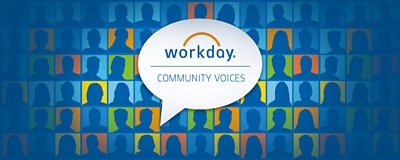We sell services and solutions, not products, so we’ve always understood that our people are what sets us apart and we’re making substantial people investments that will drive sustainable growth into the future. This people-focused investment gives us an opportunity to reinforce our leadership philosophy, build our talent base, and grow our employee’s skills. It’s important for our workforce—from new hires to seasoned employees—to deliver on client expectations. When you have good employees, you need to mold them, grow them, and keep them.
In terms of attracting talent, we’re fortunate to have a great reputation in the market, and we use a variety of methods to source candidates including employee referrals and our alumni network. I think that says a lot about our culture and the importance of preserving it. We also have significant employee onboarding programs that train our new hires throughout their first year to help them better understand our environment and what we expect from them.
After that, our employees’ career paths vary based on their interests and aspirations. If they want to continue their path forward in a technical discipline, we help them develop their expertise, providing internal or external training opportunities. Or if they want to forge a different path, then we support them in their mobility. Employees build their own future with the help of our “experience maps” and support systems, which enable them to plan and get where they want to go.





